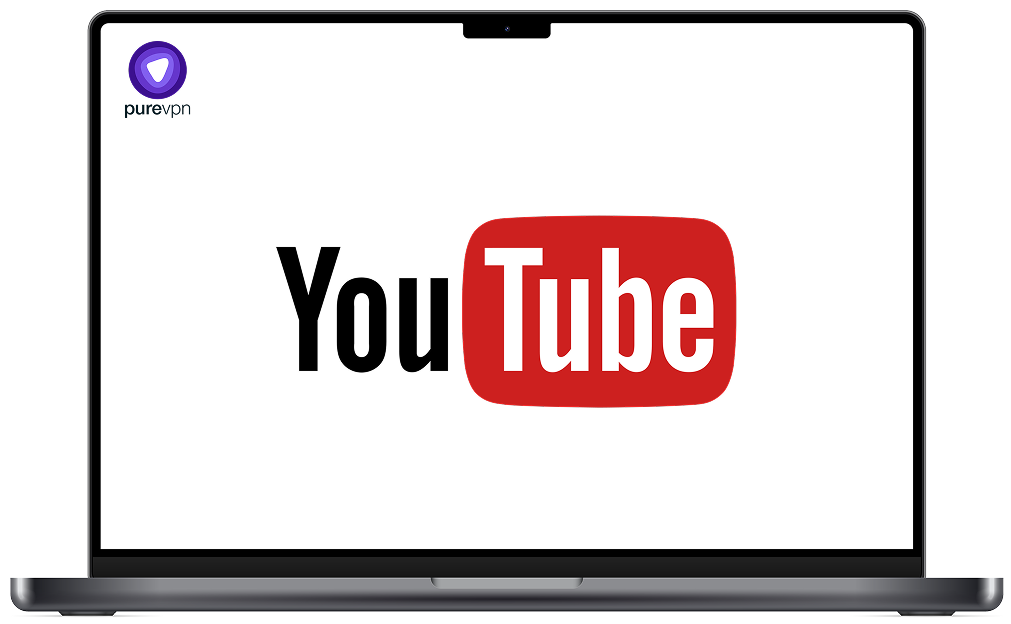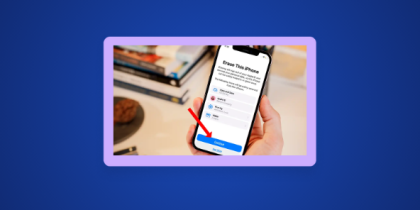Nepal has recently imposed a sweeping ban on YouTube and several other social media platforms, cutting off millions from one of their primary sources of news, learning, and entertainment. The sudden move has left students, creators, and everyday users scrambling for alternatives, while sparking widespread debate about censorship and digital freedom.
For many Nepalis, the question isn’t just why the ban happened, but how to stay connected in spite of it. In this guide, we’ll break down why the block was enforced, what it means for users, and most importantly, how to use YouTube in Nepal after the ban with the help of a VPN like PureVPN.
Why is YouTube Banned in Nepal?
On September 4 2025, the Nepali government ordered a block on 26 major social platforms, including YouTube, Facebook, Instagram, X (formerly Twitter), Reddit, and LinkedIn, because they failed to meet a mandated deadline to register locally with the Ministry of Communications and Information Technology.
Officials framed the ban as a measure to enforce platform accountability, requiring companies to appoint a liaison officer, set up grievance systems, and align with local regulations. However, rights groups and citizens accused the government of censorship, saying the move threatened free expression and seemed targeted to silence dissent.
What the YouTube Ban Means for Nepali Users
The social media ban has reshaped how Nepalis study, earn, and connect online. Here’s a closer look at where it hits hardest:
Students Shut Out of Free Learning
YouTube was a free classroom for thousands of Nepali students, offering exam prep, coding tutorials, and English lessons. With the block, many are cut off from resources they depended on daily, forcing them to look for costly or less reliable alternatives.
Creators and Small Businesses Left Stranded
Local YouTubers and entrepreneurs used the platform to build audiences, promote services, and generate income. The ban ends uploads, monetization, and marketing in one stroke, leaving many with no backup plan and real worries about lost revenue.
Families Lose a Daily Entertainment Hub
From music videos and kids’ shows to sports clips and live streams, YouTube had become a go-to for everyday entertainment. Its absence leaves families with fewer trusted options, especially for safe content tailored to local tastes.
Accessibility Features Disappear Overnight
YouTube’s captions, subtitles, and multilingual content made it inclusive for language learners and people with hearing difficulties. The ban removes those features in one sweep, shrinking access for groups that already had limited digital support.
How to Use YouTube in Nepal After the Ban
The most reliable way to access YouTube in Nepal right now is by using a VPN. Here’s how to do it step-by-step:
Step #1: Get PureVPN

Start by downloading and installing PureVPN on your device. It works on Windows, macOS, iOS, Android, and even routers, so you can cover all your connections. Create an account, log in, and open the app.
Step #2: Enable Security Features
PureVPN offers tools like a Kill Switch to cut your internet if the VPN disconnects, Obfuscation for making your VPN traffic appear as regular HTTPS traffic, and Split Tunneling so you can choose which apps use the VPN.
Step #3: Connect to a Secure Server

From the PureVPN app, choose a server outside Nepal where YouTube isn’t blocked. Nearby countries like India, Singapore, or the UAE usually give faster speeds while still keeping your browsing private.
Step #4: Open YouTube

Open the YouTube app or go to youtube.com in your browser to watch, upload, and comment as usual. Since PureVPN provides 20 Gbps servers and unlimited bandwidth, you won’t run into throttling or buffering.
Other Methods to Access YouTube in Nepal
While VPNs are the most reliable way to bypass the YouTube ban in Nepal, some users also try alternative methods:
- Private DNS: Switching your DNS settings to Google DNS (8.8.8.8 / 8.8.4.4) or Cloudflare (1.1.1.1) can help bypass certain ISP-level blocks. It’s easy to set up on phones and PCs, but it doesn’t encrypt your traffic and may not always work.
- Tor Browser: Tor anonymizes your traffic by routing it through multiple relays around the world. This makes it harder for ISPs to block or trace you, but the trade-off is speed and streaming videos on Tor is often slow and unreliable compared to VPNs.
- Proxy Servers: Web proxies allow you to open blocked sites through a third-party server. They may help load YouTube in a browser, but most don’t offer encryption, leaving your activity visible and your connection vulnerable to interception.
- Mirror or Lite Apps: Some unofficial apps or web mirrors claim to provide YouTube access. While they can work temporarily, they’re risky since many are unverified, may contain malware, or stop working without notice, making them a poor long-term solution.
Note: Keep in mind, these methods are hit-or-miss and a VPN is the only option that works reliably.
Will the Nepal Social Media Ban Last Forever?
The ban on YouTube and 25 other platforms in Nepal is not meant to be permanent. Government officials have said that services will be restored once they complete the mandatory local registration process. TikTok and Viber remain accessible for this very reason, as they complied with the new rules before the deadline.
At the same time, the legal basis of the ban remains in a gray zone. Nepal’s Supreme Court directed the government to enforce registration but did not explicitly call for platforms to be shut down. This has fueled criticism that the ban is more about control than compliance, and it leaves room for potential legal challenges.
For now, the restrictions should be seen as temporary. If platforms agree to set up local offices, appoint grievance officers, and align with Nepal’s regulations, they could be restored fairly quickly. Until then, users will have to rely on workarounds like VPNs to stay connected.
Frequently Asked Questions
Yes, using a VPN itself is not illegal in Nepal. However, using it to access banned content may fall into a gray area depending on how laws evolve. To be on the safe side, only use VPNs for private streaming and not for illicit content.
Free VPNs often come with limitations like data caps, slow speeds, and privacy risks. For consistent access to YouTube, a paid VPN with strong encryption and unlimited bandwidth is the safer and more reliable choice.
Some workarounds like “YouTube Go” or third-party lite apps exist, but most are unofficial, poorly maintained, or come from unverified sources. For reliable and secure access, a trusted VPN is a far safer choice than relying on mirror apps.
Final Word
The YouTube ban in Nepal has disrupted how millions of people study, work, and connect online, but it doesn’t have to cut you off completely. With a VPN like PureVPN, you can get around restrictions safely and stream videos on YouTube without interruptions while protecting your privacy.








